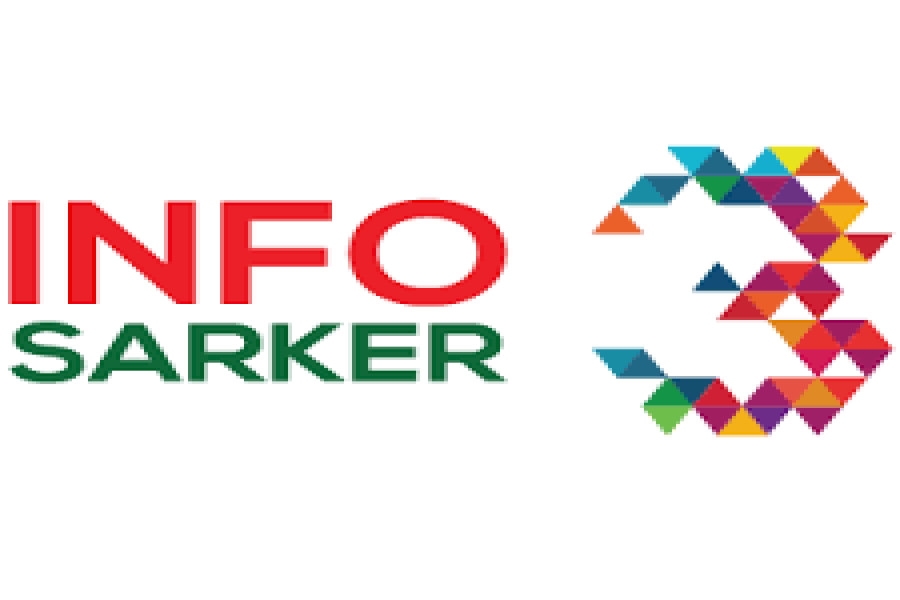AI, IoT, cloud and various other innovative services have been deployed and countries are still in the process of creating new technology to keep up with the pace of digital development.
The government of Bangladesh acknowledges how important ICT is in regards to the country’s future, playing a crucial role in their economic and social development. In recent years, the government has continuously increased the direct investment on the adaptation of ICT through improvement and enhancement of the ICT infrastructure.
Bangladesh formally joined the global information highway and obtained the data transmission capacity of 10Gbyte/s through connecting to the SEAMEWE4 submarine cable in 2006. The country has also included themselves in the SEAMEWE5 submarine cable while looking for further possibilities to be included in the third one. This inclusion with the global submarine cable line has greatly boosted the development of the ICT industry, E-commerce and the national ICT infra-network of the country. Furthermore, the government has a vision to digitize the country by 2021 and connect all the citizens together in an effort called the ‘Info-Sarker project’. Bangladesh ICT division, the project owner, has decided to break it down into three phases to effectively carry out the project where Huawei is providing ICT equipment, infrastructure and solutions in phase two and three. And these two entities have been involved themselves to bring the most effective ICT infrastructure in the country.
Although Bangladesh’s major cities are connected through broadband network, there are still remote places that do not have access to broadband connectivity. The main target of the ‘Info-Sarker project’ is to connect and spread broadband connectivity to these areas and bring all its residents under the same radar.
Initiating in 2013, info-sarker has connected ministries, directorates, upazillas, police stations and 18,130 government offices via the national ICT backbone. By phase 3, the existing backbone network is being expanded by 20,000 km optical fiber cables to 2600 rural administrative units (Union), providing broadband internet to around 60% of the population—roughly 100 million people. Moreover, the project is aiming to increase the fixed broadband connectivity from the existing 5% of household to more than 15% of household.
The ultimate goal of the project, which will be implemented through soft loan and ensures sustainability by support from the government, is to modernize the country as a whole as well as diminish any difficulties being caused by the underdeveloped communication infrastructure, and poor information administration capability. The application of the ICT system will also increase the transparency of the public administrative institutions and government offices, reduce resource consumption as well as administrative expenditures while also improving the quality of public service.
Now enterprise branches, agricultural institutions, schools, health care clinics, and NGOs can use broadband services because of the optical fiber cable connection. Furthermore, through internet services, doctors will also have access on their mobile phones at over 800 health centers.
This project can also improve the modernization level of the Bangladesh government’s ICT facilities as well as eradicate the problems created by an underdeveloped communication infrastructure. Through an E-Government, there would be a stronger hold over politics, economics, and the remote regions in the country in order to create an advantageous macro environment.
Furthermore, the project aims to empower the youth of the country as it will create more opportunities for them to grasp. Although there is a 98% admittance in primary school there is also a shocking 50% dropout rate by the end of the 5 year primary cycle. E-learning may be the solution for problems such as these as it may increase retention of information as well as encourage an interest in studies. Teacher training will therefore be increasingly decentralized through the use of ICT departments already in place at the Upazila Resource Center. It could also empower women by facilitating skilled women to tap into the global ICT market, and work towards achieving empowerment.
It would be an unnecessary project if it didn’t comply with the SDG goal. The target of SDG goal 9 to significantly increase access to information and communications technology as well as provide universal and affordable access to the internet in least developed countries by 2020. To fulfill this target 2600 unions have been brought under optical fiber network to ensure access to e-service for the rural communities of Bangladesh. For better e- Governance 1000 police stations got connected with the National ICT Network and also, created an opportunity of accessing information super highway for the people of rural areas of the country. The infrastructure, that has been and will laid between the timeline is ought to increase the fixed internet subscribers up to 10% by the end of 2020. Also, expanding broadband internet up to union level will definitely reduce the gap of Information Technology within the country.
As the world of technology grows, it is crucial that every country is given the opportunity to keep up. As digital technology is an integral part of the government’s Vision 2021, the vision that Bangladesh will be developed into a resourceful and modern economy through efficient use of information and communications technology. The country is taking strides to ensure that it doesn’t fall behind.


